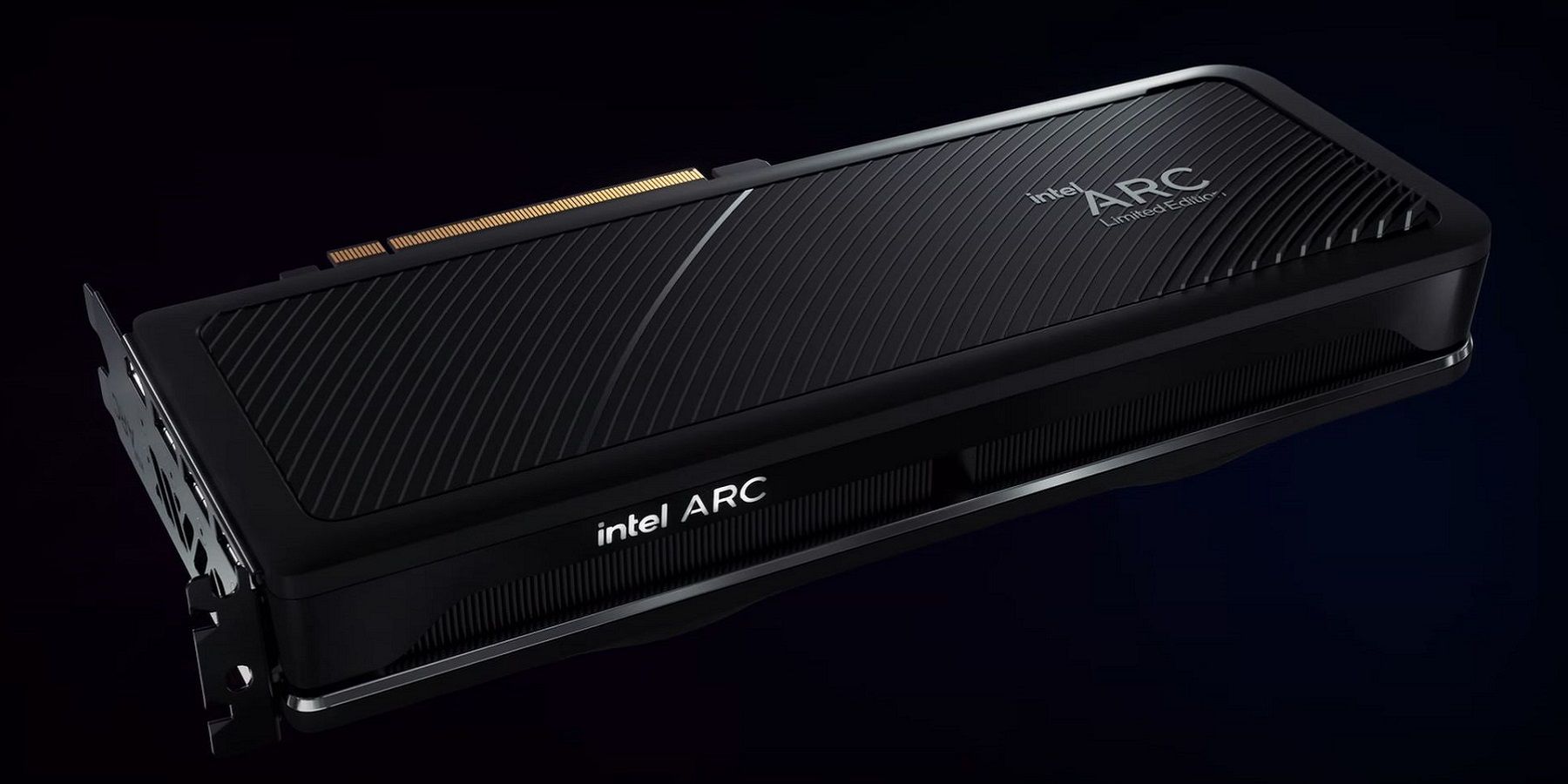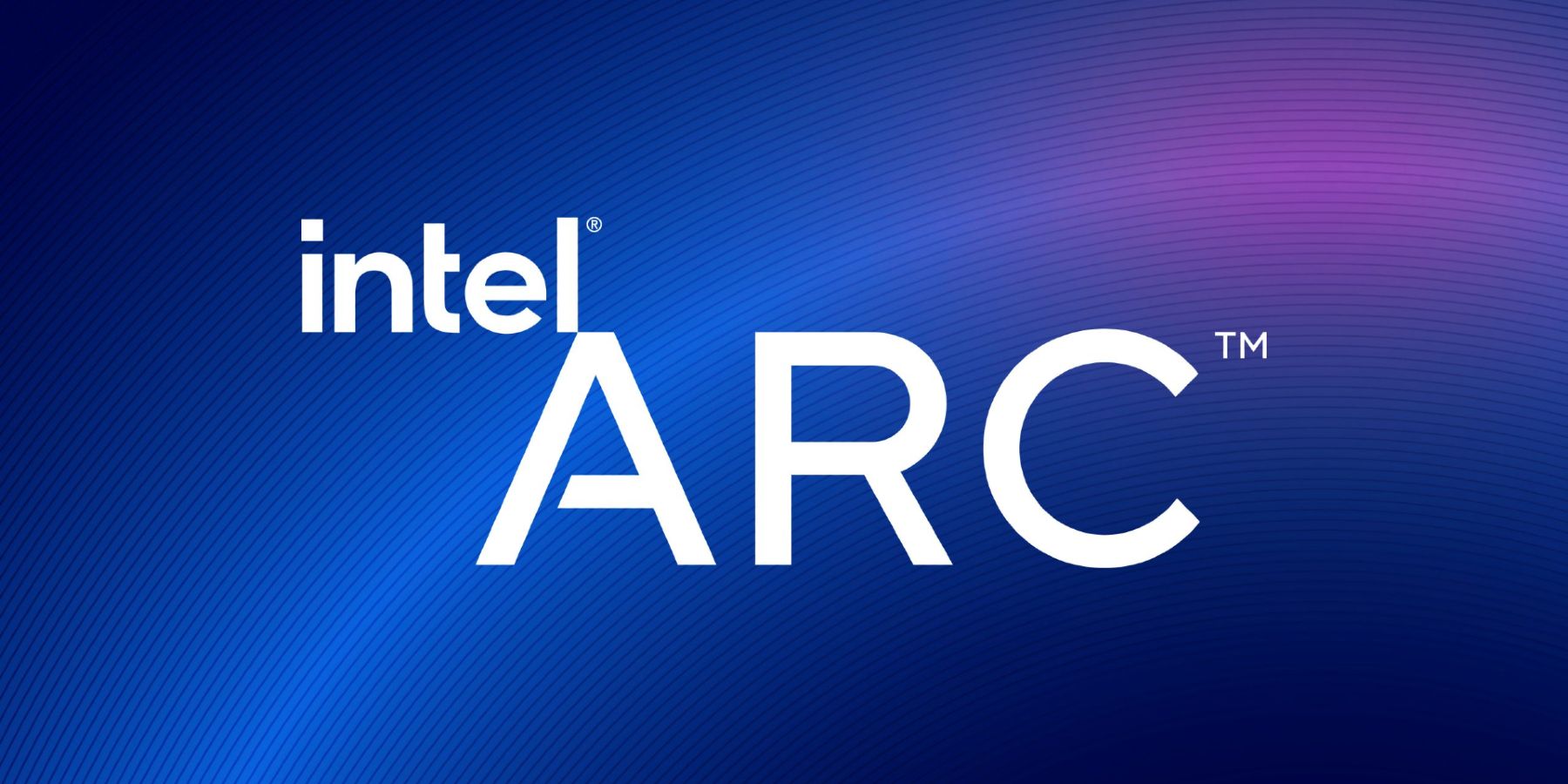After a long time of waiting, Intel has finally announced that its A770 Arc GPU will be available on October 12. Given that Nvidia recently unveiled its RTX 4090 and 4080 cards and AMD also revealed its next-gen hardware, many will be relieved that team blue now seems committed to releasing its long-awaited graphical offerings. With the Arc originally due to come out at the start of this year but missing that window, there have been concerns that the tech giant has been running into some problems.
While Intel's Arc graphics card did arrive in China back in June, the rest of the world has been waiting, with speculations about delays and a recent rumor that suggested the company may cancel its line completely. However, a representative from the company dismissed such rumors, which now seem to have been unfounded anyway, given that the A770 is just around the corner. No doubt many PC gamers have been looking forward to this day, as the product offers an alternative to what Nvidia and AMD currently have on the market.
During a keynote presentation delivered by CEO Pat Gelsinger at an Intel Innovation event, it was confirmed that this mid-range graphics card will be coming out on October 12 and will retail for $329 due to the company wanting to be "competitive" on prices. The A770 will have 16 GB of GDDR6 RAM, 4,096 shader units, and a bus speed of 256-bit. Given this, Intel's GPU itself is unlikely to match what the other two big names in the industry will be offering for next-gen, but it at least gives those who are looking for something cheap but with decent performance something different to choose.
Intel's Arc GPU will reportedly go against Nvidia's RTX 3060, with it allegedly offering better ray tracing than what team red's Ampere card has. Whether it will outperform the RTX rival remains to truly be seen. The reality is that some people had given up hope that the Arc desktop range would ever see the light of day, but at least those concerns have now been alleviated.
Of course, Intel still has to compete with the other two giants. With AMD hoping for more efficiency with its RDNA 3 and Nvidia clearly aiming for the enthusiast PC user with sheer power and performance, team blue has its work cut out for it if it hopes to make an impact on the graphics card world. Whether it will be worth the wait or will be the start of a truly worthy third opponent in the GPU ring is speculation at this stage.
Source: PC Gamer


